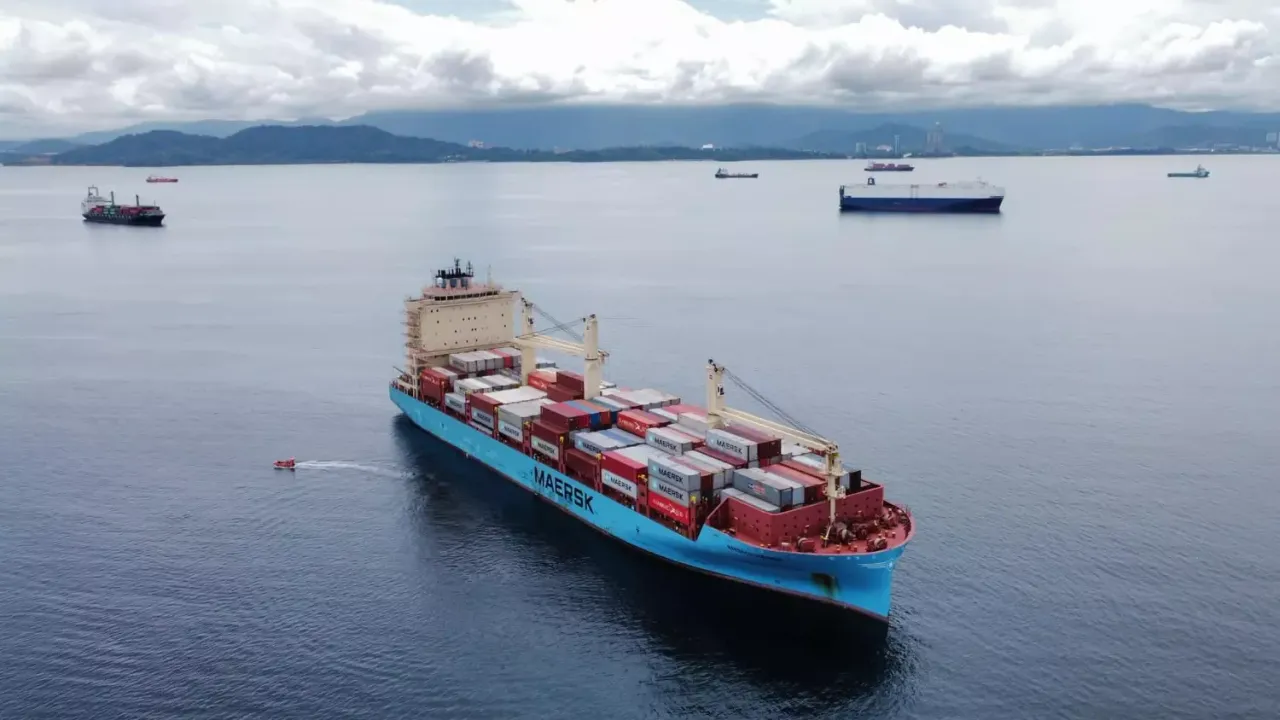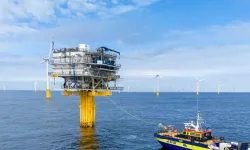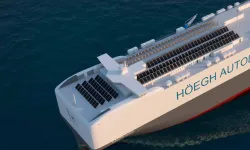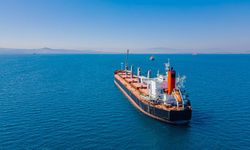According to a deal presented on Friday by Danish Shipping, an employer group, and the nation's three largest seafarers' labor unions, the hazard pay is activated during the time spent in two defined high-risk areas within the Red Sea region.
With the Yemen-based Houthis targeting ships in support of Hamas, even vessels with no direct links to Israel are not immune. As the conflict escalates, jeopardizing global trade, a US-led task force is working to enhance security in this crucial waterway.
A.P. Moller-Maersk A/S, the world's second-largest container line based in Denmark, is among the companies gearing up to resume Red Sea shipping, opting to take the longer route south of Africa initially. However, shipping giant Hapag-Lloyd AG remains cautious, confirming it will continue to avoid the Red Sea and reevaluate the decision on Jan. 2.
Recent data indicates that half of the container-ship fleet regularly transiting the Red Sea and Suez Canal is now steering clear of the route. Diverging around Africa can extend travel times by up to 25%, amplifying costs that may eventually impact consumers. This shift coincides with the Panama Canal, another major trade shortcut, facing challenges due to drought, heightening potential economic risks.
Denmark's government announced on Friday its commitment to dispatch a frigate-class warship to the Red Sea as part of the US-led mission. Expected to arrive at the end of next month, this move is aimed at reinforcing security in the region, responding to the heightened risks faced by maritime activities.






